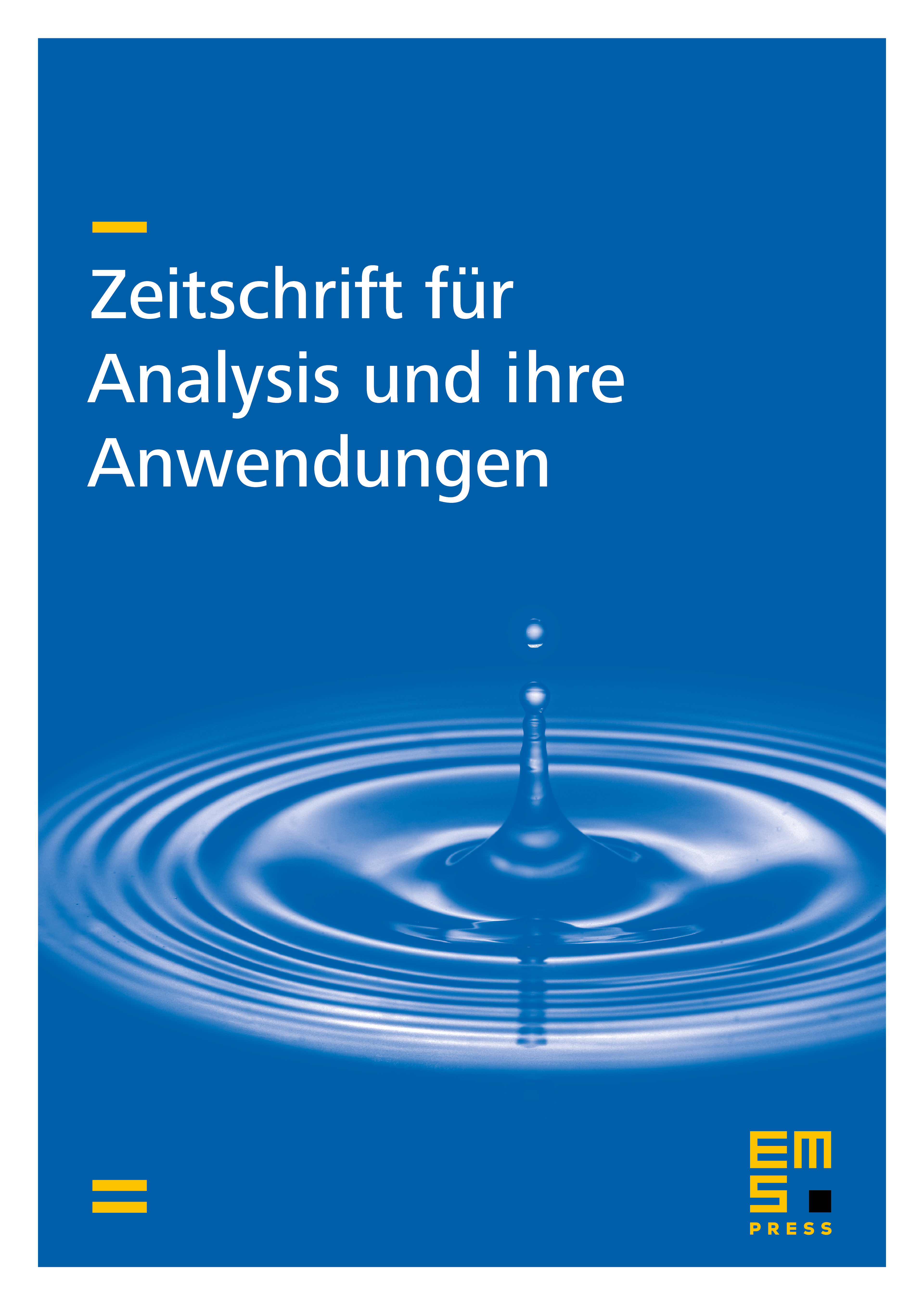Stability Rates for Linear Ill-Posed Problems with Compact and Non-Compact Operators
Bernd Hofmann
Technische Universität Chemnitz, GermanyG. Fleischer
Technische Universität Chemnitz, Germany

Abstract
In this paper we deal with the ’strength’ of ill-posedness for ill-posed linear operator equations in Hilbert spaces, where we distinguish according to M. Z. .Nashed the ill-posedness of type I if is not compact, but we have for the range of , and the ill-posedness of type II for compact operators . From our considerations it seems to follow that-the problems with non-compact operators are not ingeneral ’less’ ill-posed than the problems with compact operators. We motivate this statement by comparing the approximation and stability behaviour of discrete least-squares solutions and the growth rate of Galerkin matrices in both cases. Ill-posedness measures for compact operators as discussed by B. Hofmann and U. Tautenhahn are derived from the decay rate of the non-increasing sequence of singular values of . Since singular values do not exist for non-compact operators , we introduce stability rates in order to have a common measure for the compact and non-compact cases. Properties of these rates are illustrated by means of convolution equations in the compact case and by means of equations with multiplication operators in thenon-compact case. Moreover, using increasing rearrangements of multiplier functions specific measures of ill-posedness called ill-posedness rates are considered for multiplication* operators. In this context, the character of sufficient conditions providing convergence rates of Tikhonov regularization are compared-for compact operators and multiplication. operators.
Cite this article
Bernd Hofmann, G. Fleischer, Stability Rates for Linear Ill-Posed Problems with Compact and Non-Compact Operators. Z. Anal. Anwend. 18 (1999), no. 2, pp. 267–286
DOI 10.4171/ZAA/881